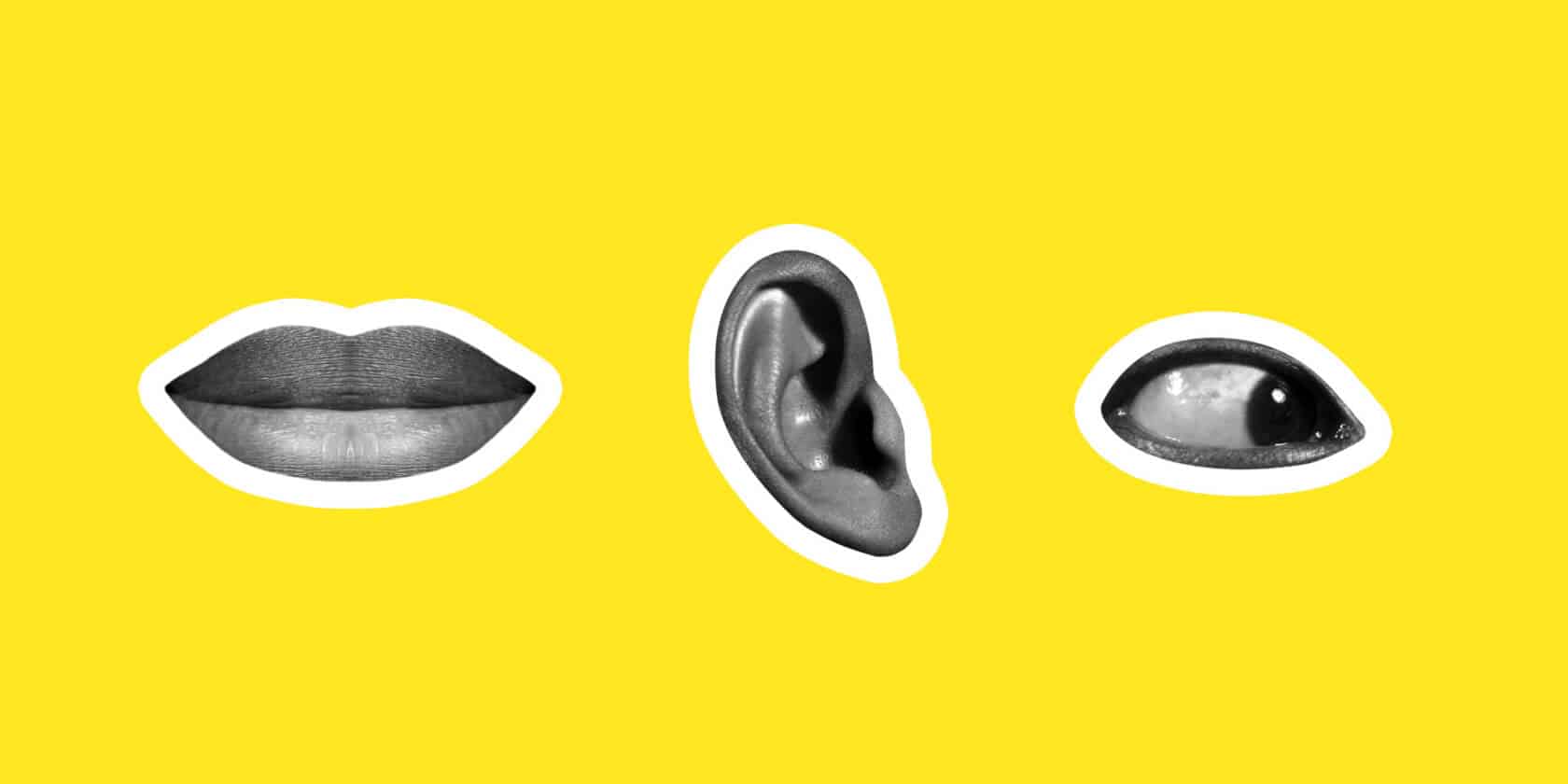In a society that rarely considers the true female perspective as anything worthwhile the ever-damaging male gaze has always had a chokehold as to through which eyes we look at the world in.
What is The Male and Female Gaze?
Laura Mulvey, British feminist and theorist, came up with the term “male gaze” which generally refers to women being portrayed as objects of desire for a heterosexual male oriented audience. Some key examples include popular movies such as Transformers: Revenge of the Fallen (2009), Vertigo (1958), and The Wolf of Wall Street (2013). There are hundreds upon hundreds of movies that do this, but in particular in the Transformers movie, the Megan Fox character is seen through the main male character’s eyes as an object of sexual desire. She is reduced to merely a hot body that the man wants to form a relationship with. Overall, there are three main focuses of the male gaze; the camera perspective, the main character, and the audience’s focus on the female characters. In fact, seeing women through men’s eyes is so common that almost every video game, music video, TV show, or movie has some sort of incorporation of it. Camera shots focusing on women’s body parts, even when it has nothing to do with the main story, are so frequent that even in your everyday life you can’t help but look at everything through that lens as well.
The female gaze is a feminist term that theoretically represents women in art as characters with agency of their own, rather than purely existing for the purpose of serving men. It’s not a necessity for the female gaze as a work of art to be solely made by women, but it certainly helps. There are also plenty misconceptions as to what the female gaze actually is and what it means to be represented on screen as such. Most of the time people assume that the female gaze is pretty much just reversed male gaze. A good example would be a movie such as Magic Mike (2012), in which the male body is seen through a sexualized lens for the “female gaze”. However, what is often understated is that the male gaze includes the way male bodies are represented as well. As a matter of fact, a lot of men have an idealistic male body that they desire to get to at some point. Which means even when a man’s body is shown closely on screen, it’s still likely through the male gaze simply presenting how men want to see themselves as, not as what women actually want to see on screen per se. Disregarding the male gaze is very difficult and it clashes with what society has taught women in regards to what men find desirable as a standard of being. Although it’s important to note that neither the male nor female gaze are truly ideal in any way that matters due to them both relying on outdated gender stereotypes.
The Masculine and Feminine Expected Behavior
For centuries straight men have made it well known exactly what it is they find desirable in women. Skinny, tall yet not taller than men, feminine clothing, shaved body, make up on, and always held to an impossible standard of being desirable. Of course, then if you benefit from your looks in any way, you will draw a lot of hate from insecure men because in a patriarchal society women are not supposed to own their beauty.
Growing up as a young woman, whenever you’re even just walking down the street you might see all kinds of ads featuring women in short outfits that were clearly either put there to attract male customers or give women wrong ideas as to what a female body should look like. Thin, young, clear-skinned, usually white, and shaven, female bodies constantly appearing in every magazine, music video, and in every movie for a long, long time have created so many body-image issues for women. It is sometimes difficult to differentiate if a body type is something that a person wants or if they are simply trying to comply with societal expectations. The same way a lot of men think that women putting make up on is purely because they want to appeal to men when a lot of the time they’re just doing it for themselves. Unfortunately, due to every single part of a woman’s body being so overly fetishized, it’s hard to distinguish if an action is coming from an original thought that a person had or if they are simply complying with what they were taught that is acceptable by society.
Often women are reduced to objects and words such as “beautiful”, “attractive”, “hot”, come immediately to mind when describing a woman as opposed to commenting on something more related to personality. Not that there’s anything wrong with a woman owning her sexuality, but only that men reducing a woman to her looks is usually not flattering by any means. That has nothing to do with the woman herself, as the objectification of women has a lot to do with the hetero male perspective and a general sense of ownership that most men feel over women.
A lot of the criticism directed at movie characters that were not simply made for the male gaze is that they are “not attractive enough”. But that is only because everyone is so used to looking at things through what a straight man would think that when presented with another perspective the brain can’t compute. The movie Blue Is the Warmest Colour (2013) focuses on a lesbian relationship and yet it’s all about the male gaze. The author of the original book that the movie is based on even criticized it for the male-oriented focus it clearly had. Very few movies in Hollywood are made by women and the male gaze seems to be the default for male directors.
If men can’t comprehend why women regard Adam Driver as attractive, then you’re probably looking at him through the male gaze. This muscular body that a lot of men worship seems to be more so to impress other men rather than women. Same thought can also be applied to expensive cars or certain fancy clothes that are advertised to men.
(Not-so) Obvious Examples
If you’ve ever seen a promotional commercial for a beach-related vocation stay, chances are that women in bikinis appeared in it. Even fast-food, cars, and tech-related commercials have female models in it… because why not. Companies seem to think that having an impossibly gorgeous woman advertising their unrelated product will somehow attract more male customers, Nevertheless, both the male and the female gaze can make women feel more insecure about their natural selves. The damaging male gaze is so obvious that you can just look around downtown any city for a second, listen to or watch any male rapper video, and chances are that there will be objectified women in it purely existing for the male gaze. Seldom it’s that a male musician or screenwriter will take into account the female experience when writing lyrics or movies.
Telling stories of everyday real women can help so many young girls feel more secure and accepted. Movies such as Portrait of a Lady on Fire (2019), Never Rarely Sometimes Always (2020), and Unpregnant (2020), are incredible examples of female experiences portrayed on screen in masterful fashion. It’s good to remember that watching and supporting such stories can help reduce the harm that the male gaze does on an everyday basis. Hence why, ultimately more women writers and directors are needed if we want to consider the experiences of half the human population.
Picture: Shutterstock / ID: 1622939407
Read about feminists who continue to impact modern society.
Support us!
All your donations will be used to pay the magazine’s journalists and to support the ongoing costs of maintaining the site.
Share this post
Interested in co-operating with us?
We are open to co-operation from writers and businesses alike. You can reach us on our email at [email protected]/[email protected] and we will get back to you as quick as we can.










